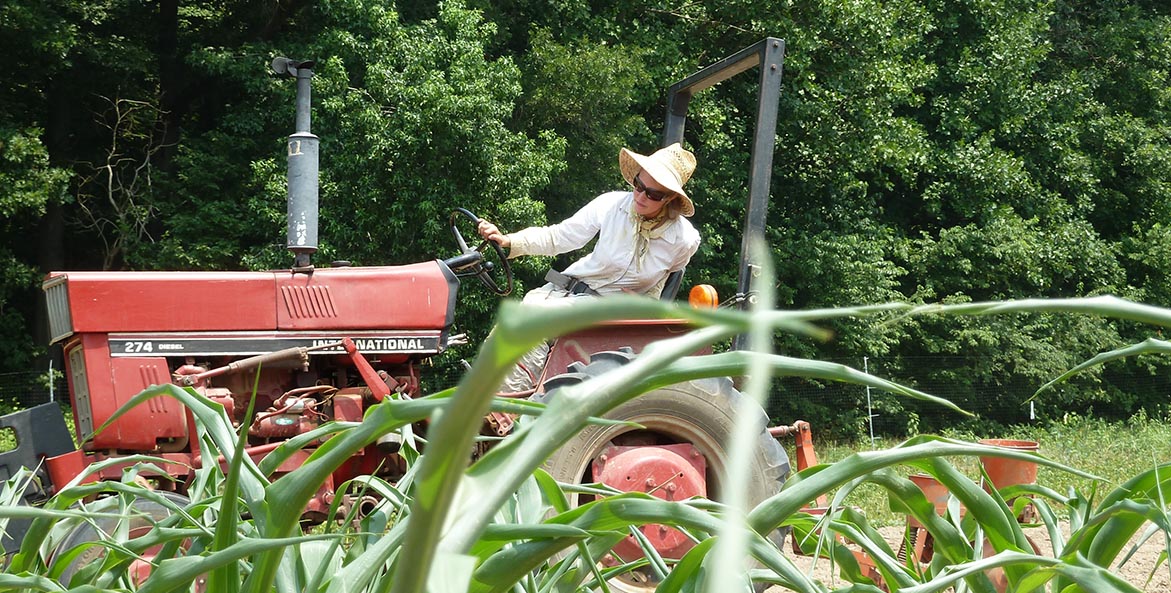“This is about taking care of the land, feeding your family, feeding your neighbors. Those are things our people have always done,” says Vanessa Bolin, an Indigenous activist, artist, and herbalist who founded the Community Roots Garden in Northside Richmond. Many conservation organizations, including CBF, are championing a holistic system of farming called ‘regenerative agriculture’ as a way to reduce pollution and improve water quality. Agriculture is the second largest land use and the largest source of pollution in the watershed, so finding a way to balance farming with social and environmental needs is critical. But while the term ‘regenerative agriculture’ may be fairly new, the idea is not. This month, we explore the roots of regenerative agriculture, how winter is unfolding on CBF’s own regenerative farm (and why we have one), and what the future of agriculture in the watershed could look like. It’s a future that was shaped by people like George Washington Carver, one of many Black environmental changemakers in the Bay watershed. We also break down several key policy and funding opportunities that could help farmers—including the federal Farm Bill, which Congress is renegotiating this year; the implementation of Pennsylvania’s new Agricultural Cost Share Program; the relicensing of the Conowingo Dam in Maryland; and several legislative proposals in Virginia.
Thank you to those who responded to our reader survey last month. We truly appreciate your thoughts and suggestions! We are reviewing your feedback and will use it to continue improving this newsletter and our content at large.
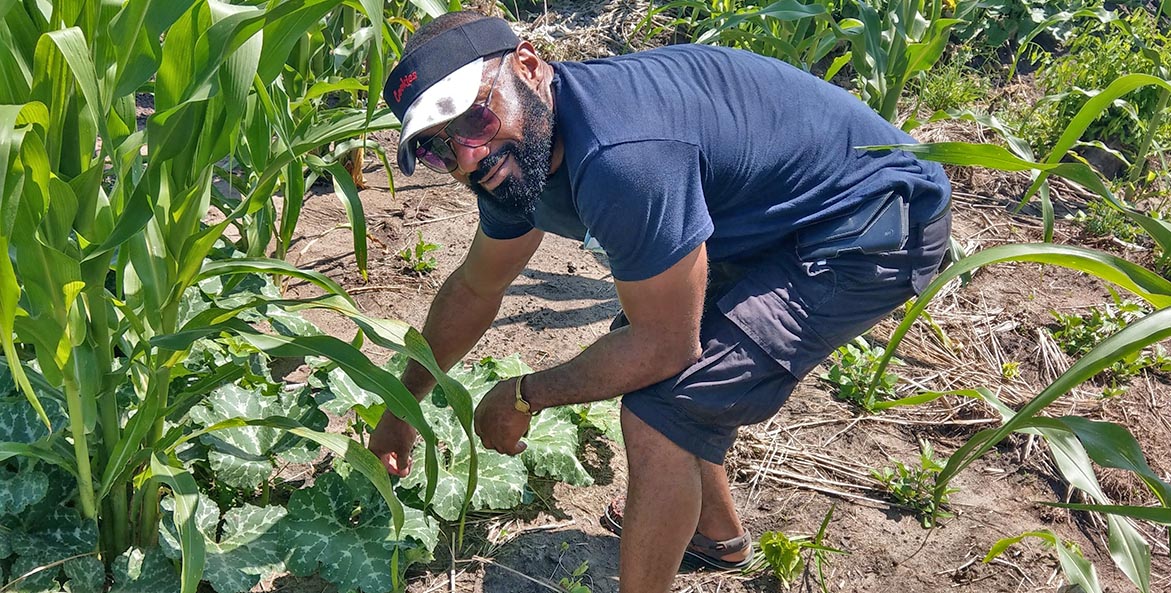
Thelonius Cook grows a variety of crops using his family's traditional agricultural practices on his 7.5-acre farm, Mighty Thundercloud Edible Forest, on Virginia's Eastern Shore.
Thelonius Cook
Deep Roots
Tens of thousands of years ago, farmers of color around the world pioneered what many agronomists and conservationists now call ‘regenerative agriculture’—farming in ways that restore ecological balance. But while modern science is catching on, some Indigenous and Black farmers worry it is losing the emphasis on community, social justice, and healing.
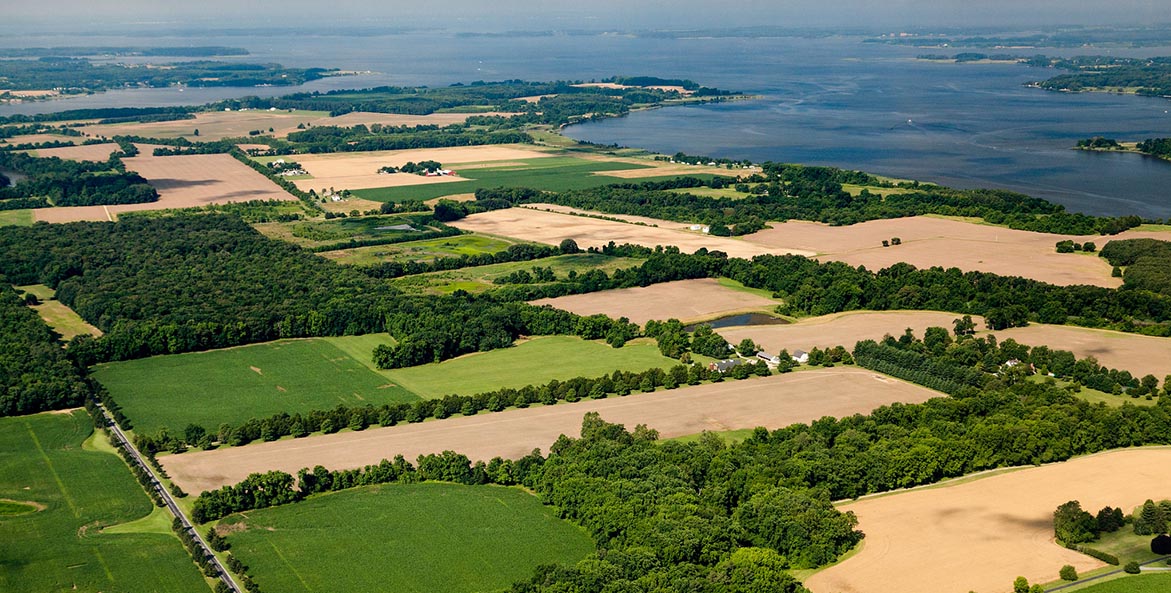
Farmland stretches to the Chester River in Queen Anne's County, Maryland. Reducing nutrient runoff from farmland offers our biggest opportunity for cleaning the waters of the Chesapeake Bay watershed.
Will Parson/Chesapeake Bay Program with aerial support by LightHawk
A Bay-Friendly Farm Bill
Once roughly every five years, Congress deliberates on a package of legislation called the Farm Bill. The bill has sweeping implications for farm communities and the way food is grown—and in turn, the quality of our waterways. CBF Director of Science and Agricultural Policy Dr. Beth McGee shares how legislators can help jumpstart Bay restoration and regenerative agriculture.
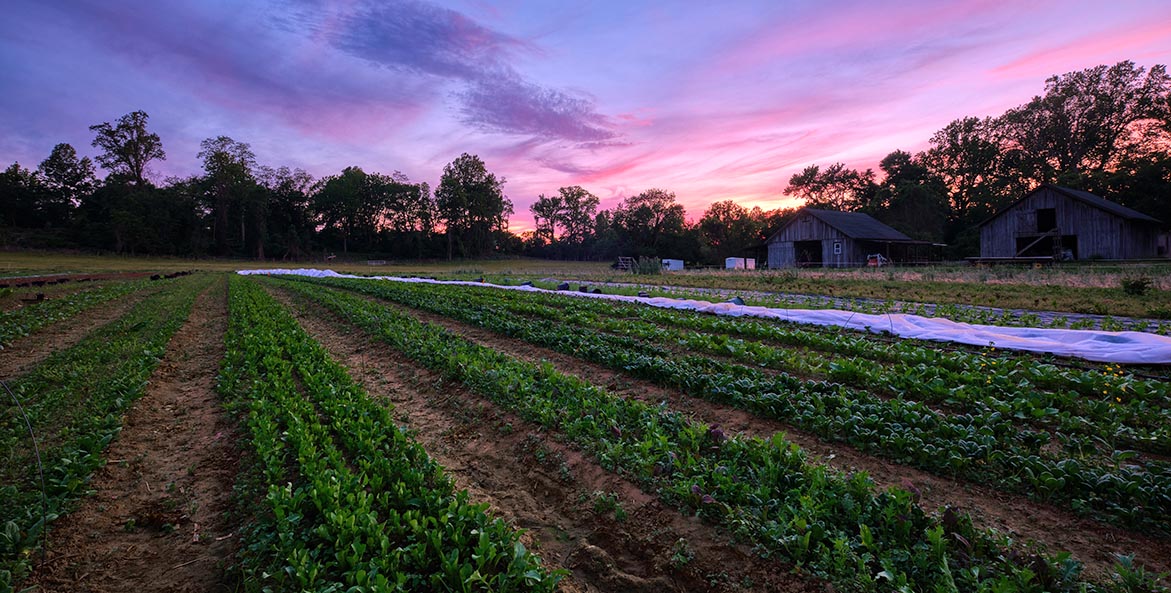
A brilliant sunset illuminates the sky above fall fields of turnips, arugula, and other brassicas at Clagett Farm, CBF's regenerative farm in Upper Marlboro, Maryland.
Jared Planz/CBF Staff
Agriculture’s Future? A ‘Life-Shed’
At its heart, the monumental task of restoring a watershed comes down to either cleaning up pollution or preventing it from entering waterways in the first place. Jared and Elissa Planz, who farm at CBF’s Clagett Farm, envision how the region’s agricultural community might do the latter—while also building a thriving ‘life-shed’ with good food.
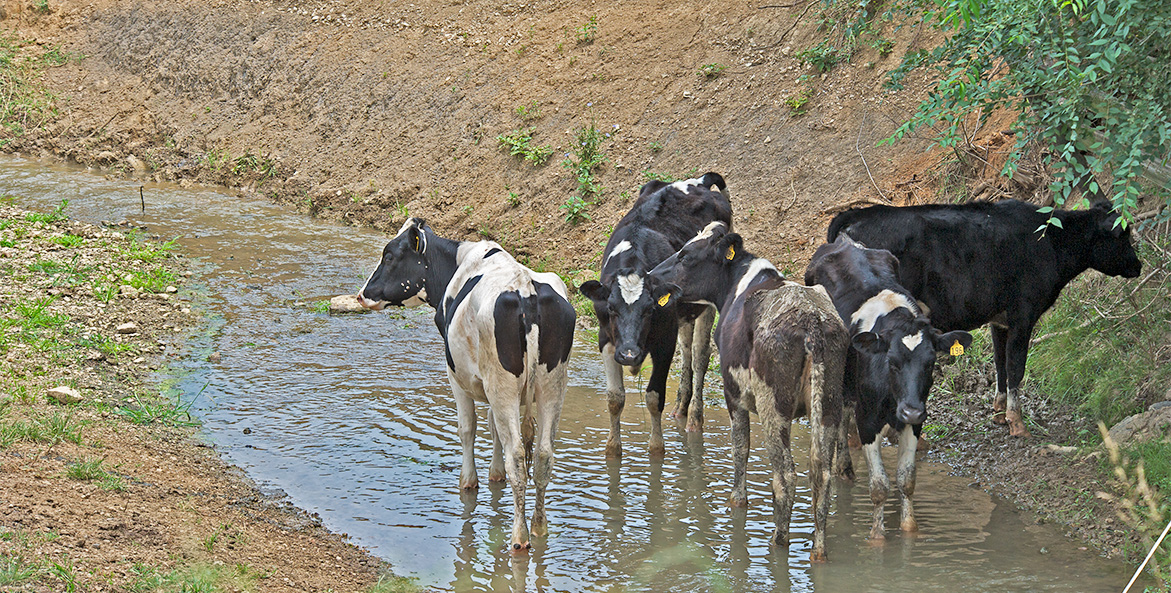
Fencing cattle out of streams is important for water quality. When livestock are allowed to wade in streams, they trample stream banks causing erosion and muddy water and pollute the water with urine and feces. Herds kept out of streams are also healthier.
Justin Black/ILCP
Pennsylvania’s Next Steps
In a historic move last year, the Pennsylvania General Assembly created the state’s first true agricultural cost-share program to help farmers reduce pollution. Funding will soon begin flowing. The state also has other opportunities to accelerate its clean water efforts—including creating more natural filters and keeping livestock out of streams.
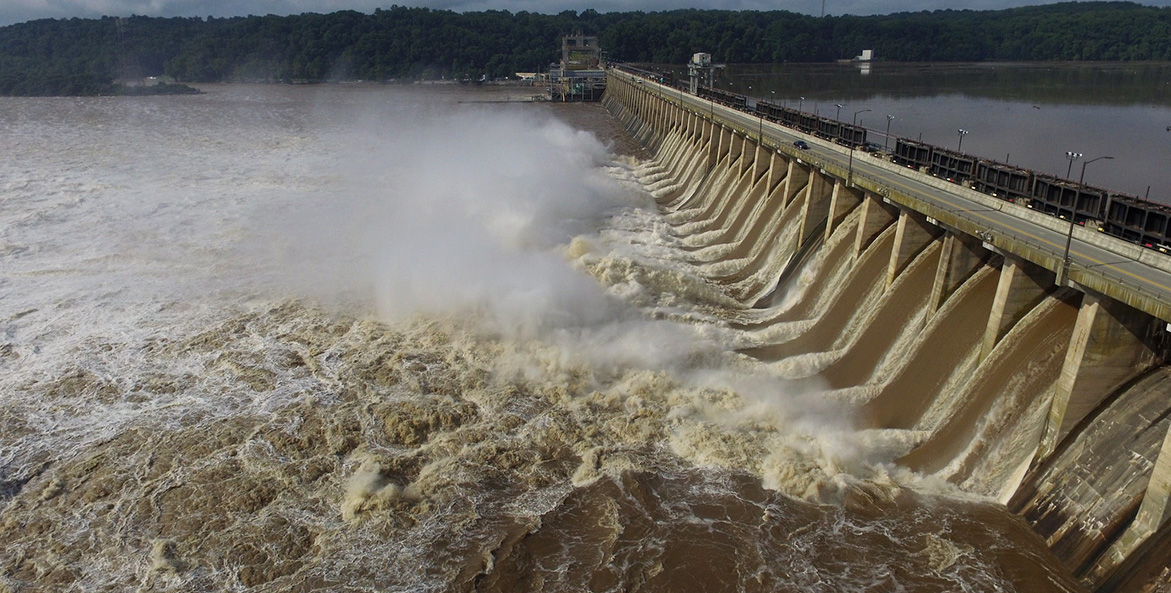
A torrent of muddy water pours from the Conowingo Dam on July 25, 2018 after the flood gates were opened to manage rising water from torrential rains. Such events send trapped sediment, pollution, and debris downstream into the Chesapeake Bay.
David Turnbull
Conowingo in 50 Years
It’s an opportunity to plant trees in Pennsylvania, educate farmers on regenerative agriculture, and, ultimately, reduce the amount of pollution reaching the Chesapeake Bay. The new Conowingo Dam license process can be transformative for the Bay, but only if Maryland officials can work through the challenges of dealing with the dam’s private operator.
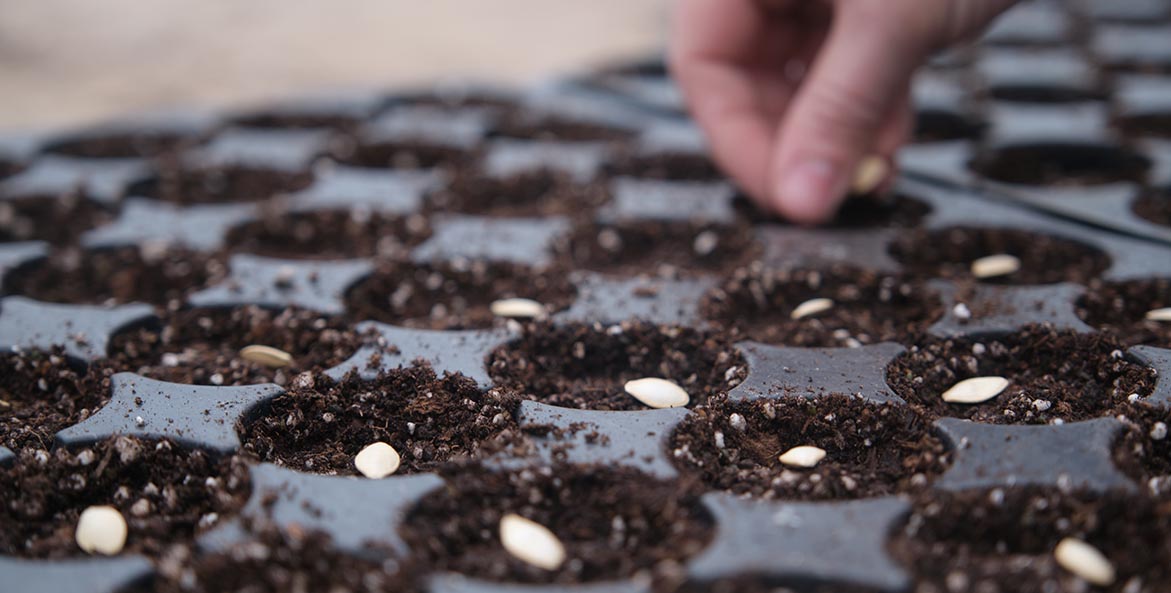
Staff and volunteers at CBF's Clagett Farm plant zucchini seeds in preparation for the coming growing season.
Jared Planz/CBF Staff
Planting Seeds
The trees are bare and the grasses brown, but on unseasonably warm February days, the bees are buzzing. Soon, CBF’s Clagett Farm will be, too. The working regenerative farm in Upper Marlboro, Maryland, helps ground-truth practices that can improve soil and water quality, as well as provide space for the community to share food and knowledge.
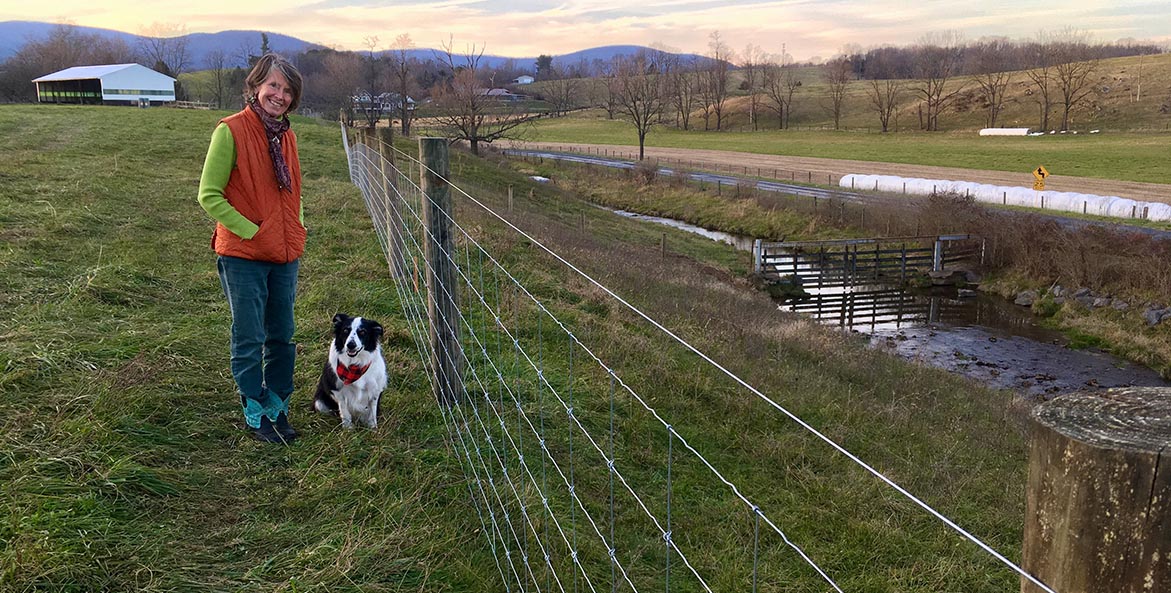
Fences like this one enable farmers, like cattle farmer Jeanne Hoffman pictured here with her Border Collie, Val, to keep livestock out of creeks that run through their farms. Such practices improve water quality and benefit the local economy.
Bobby Whitescarver
Supporting Virginia Farms
Virginia has made progress reducing water pollution, but like other areas of the Chesapeake Bay watershed, as much as 90 percent of the work that remains is on farms. State legislators are considering several important proposals that could open significant opportunities for more farmers to improve their business operations while working for cleaner water.
What You Can Do
- It’s National CSA (Community Supported Agriculture) Week! Get your share of fresh, local, and sustainably grown produce at CBF’s Clagett Farm all summer long. Find farms, restaurants, and other sources of local food near you.
- From tree plantings to oyster gardening, spring restoration season is fast approaching. Check out our events calendar and come join us in the field for these upcoming volunteer opportunities.
- Take action before March 13 to show your support for the creation of the Chesapeake National Recreation Area.

